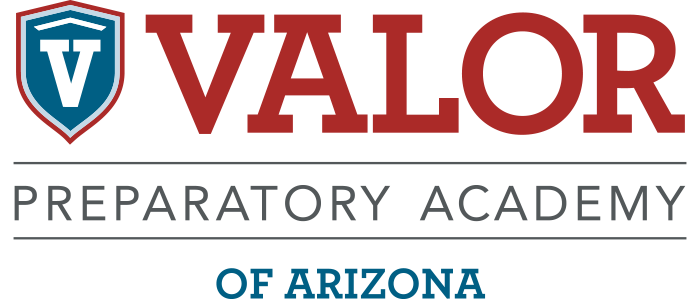
Public schools across the nation are facing crises. From teacher shortages to unfavorable conditions brought on by the COVID-19 pandemic, one in four teachers considered leaving their jobs at the end of the last school year—a drastic shift is impacting students, the teaching profession and the overall workforce.
Teacher dissatisfaction is at an all-time high. Studies show many are feeling overwhelmed, overworked, and unsupported, with most educators working long hours in exchange for inadequate pay.
At the same time, students are feeling unmotivated, drained and consumed by schoolwork more than ever before. A recent study found that students are more and more uncertain about their academic futures and are facing significant levels of stress, especially female students and students of color.
While students need more academic and emotional support than ever before, teachers feel as though they are held to a higher standard than what they were pre-pandemic.
Education is shifting, and not just from the chalkboard to whiteboard or from paper to tablet. Soon, we may see students and teachers make the switch to hybrid learning because of its flexible nature.
For educators who are not yet ready to give up their passion for teaching but are feeling overwhelmed by their current jobs, hybrid learning is an appealing alternative. A hybrid classroom combines the flexibility of online school with in-person instruction and hands-on learning, providing educators more time to focus on building meaningful relationships with students.
Studies show teachers working at hybrid schools get a better read on their students because they can monitor when a student logs in, how long it takes to complete an assignment, and what a student’s autogenerated grade is. This helps teachers further connect with students in the classroom because they know when a student may need additional support.
Similarly, hybrid learning is a great alternative for students who are also interested in pursuing hobbies and passions outside of school hours. At a traditional school, students are in classrooms for up to eight hours, but students in hybrid schools typically spend one half of the day in the classroom doing schoolwork and the other half in an elective. For example, at Valor Preparatory Academy of Arizona, high school student Kanade Noda is training to be a classical pianist. Since she is enrolled at a hybrid school, Kanade has the flexibility to balance music while excelling in school. Another example is sophomore Zane Jarvis, who spends his mornings at the Goodyear Airport taking pilot lessons and his afternoons on Valor’s campus taking the standard high school classes like math, English and science.
To successfully learn and teach in a hybrid learning environment, schools need to leverage the strengths of all parts of the education system, including teachers, students, parents, schedules, and curriculum, among others. Yes, the strength of a teacher comes with understanding the curriculum so our children can flourish academically, but a teacher’s strength also comes from the ability to connect with and create valuable relationships with students. These relationships not only help students fully engage with their schoolwork, but they also support their social and emotional well-being.
In hybrid learning environments, teachers use data to see students’ areas of strength and if they need additional support while keeping short- and long-term projects in progress. Through these projects, and because there is time allotted to do so, teachers and students can connect and build a foundation of trust and understanding. Instead of the traditional seven hours spent in classroom instruction, some students and teachers may find that a hybrid learning environment, where there is time structured into the day so classrooms can learn, is better suited for their learning and teaching styles.
Hybrid learning allows students to learn at their own pace, on their own time, while it provides educators the time to build valuable relationships between students and the content they need to succeed. To teachers who are feeling drained in the traditional classroom setting, or students who are looking for a change of environment, consider hybrid learning—you may just like it!
Daniel Mahlandt is the principal of Valor Preparatory Academy of Arizona and a hybrid-learning specialist with more than 30 years of experience in the education industry.

